Most Recent Articles
-
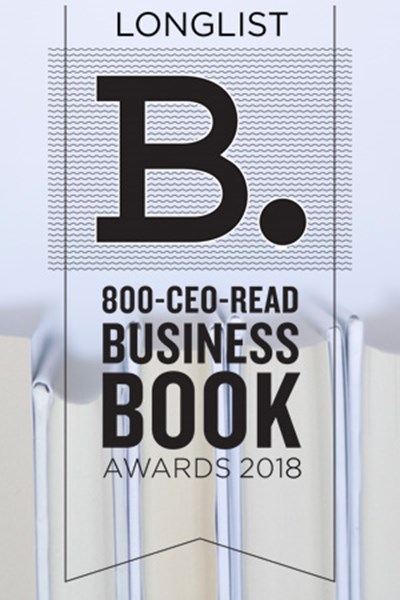
Blog / Book Giveaways
The 2018 800-CEO-READ Business Book Awards Management & Workplace Culture Book Giveaway
By Porchlight
This week, we'll be giving away the five books that rose to the top of the Management & Workplace Culture category in the 2018 800-CEO-READ Business Book Awards.
Categories: giveaways
-

Blog / News & Opinion
Inside the Longlist: Management & Workplace Culture
By Dylan Schleicher
Our editorial director Dylan Schleicher takes us inside the issues of management and workplace culture by looking inside the best books 2018 offered on the topic.
Categories: news-opinion, publishing-industry
-

Blog / Book Giveaways
The 2018 800-CEO-READ Business Book Awards Leadership & Strategy Book Giveaway
By Porchlight
This week, we'll be giving away the five books that rose to the top of the Leadership & Strategy category in the 2018 800-CEO-READ Business Book Awards.
Categories: giveaways
-
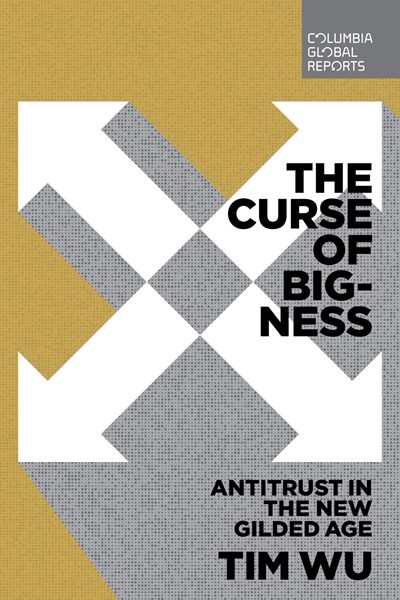
Blog / Editor's Choice
The Curse of Bigness: Antitrust in the New Gilded Age
Book Review by Dylan Schleicher
Tim Wu dusts off the tradition of antitrust laws and enforcement in American history, and examines how they can help us end the inequities of our new Gilded Age.
Categories: editors-choice
-
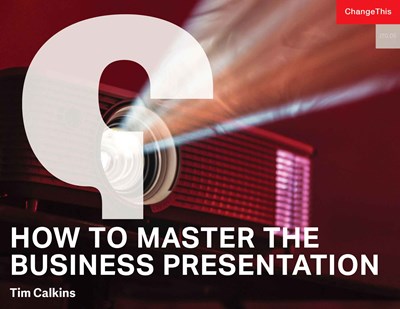
Blog / ChangeThis
How to Master the Business Presentation
By Tim Calkins
"The business world revolves around presentations. When it comes time to make a decision, people sit down to review the analysis, discuss the issues and reach agreement. Later, executives communicate the strategy to employees with presentations. When there are issues to wrestle with and bumps in the road, people create presentations. While emails and text messages are now ubiquitous, they rarely replace the presentation. It is hard to debate and discuss in depth in a text message. As a result, if you are going to be a successful business lead, you have to know how to create and deliver presentations that are tight, logical and convincing."
Categories: changethis
-
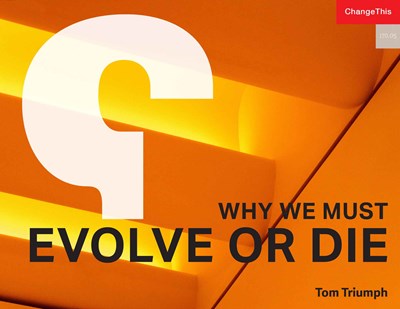
Blog / ChangeThis
Why We Must Evolve, or Die
By Tom Triumph
"Change means doing things that are new, and forgoing things that are familiar. It means discomfort and uncertainty, and the real likelihood of being wrong. All in all, it's scary. It really comes down to a decision. You either ride things out, fight for the status quo and hope the changes you're sensing are going to slow (they won't), or you think about where the world is headed and change to get yourself there. The journey is difficult, but the direction is clear. Evolve or die."
Categories: changethis
-

Blog / ChangeThis
Playing Fair While Creating and Unfair Advantage
By Anthony Iannarino
"For most of us in sales, winning new business often means taking that business away from a competitor. The euphemism we use to describe stealing a client from a competitor is called 'a competitive displacement,' which sounds a lot nicer than 'eating their lunch. ' However, if this sounds harsh, know that while you are trying to take clients from your competitors, they are trying to steal your clients from you. Like other forms of competition, selling requires a sense of fairness, a set of ethics, ground rules, if you will. Certain behaviors are off limits, like lying about your competitor, talking bad about them, providing kickbacks, or misleading people into believing something that isn't true as it pertains to about how you can better serve them. These dirty tricks are off limits, and they aren't how you gain a real advantage. That said, there are ways you can create an unfair advantage and position yourself to win new clients that are presently being served by your competition. ".
Categories: changethis
-
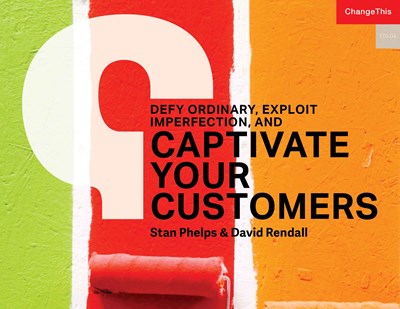
Blog / ChangeThis
Defy Ordinary, Exploit Imperfection, and Captivate your Customers
By Stan Phelps, David Rendall
"It's very common for brands to homogenize. As we look at what successful companies are doing, it's natural to emulate them. This has even been institutionalized in the process of benchmarking. We try to find out what others are doing right, and then do the same thing. It sounds reasonable, but there's a problem. The problem is that when everyone in an industry starts copying the leaders, then, over time, the entire industry starts to look the same, feel the same, and sound the same. There are no differences. Nothing distinguishes one brand from another."
Categories: changethis
-
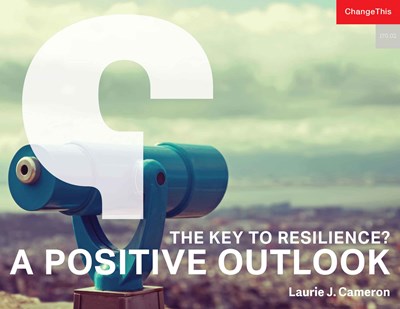
Blog / ChangeThis
The Key to Resilience? A Positive Outlook
By Laurie J. Cameron
"Researchers find that people who are resilient tend to be more positive and optimistic compared to those who are less-resilient. They are better able to regulate their emotions. And they are able to maintain their optimism through the most challenging situations. Resilience, a positive outlook, and optimism are connected. So, is having a positive outlook something you are born with, or can it be developed. Good news. A positive outlook can be cultivated with mindfulness. You can learn to choose your mindset and to shift how you relate to your experience, so that you have less stress and more joy. Mindfulness is a capacity that allows you to deliberately direct your attention towards the positive instead of being tossed around by random thoughts and turbulent emotions. What we see in stories of positive outlook and resilience is that the protagonists learn to 'choose their story'—they develop the skill of directing their attention to the positive and making meaning of what happens by filtering through a positive lens.
Categories: changethis
-
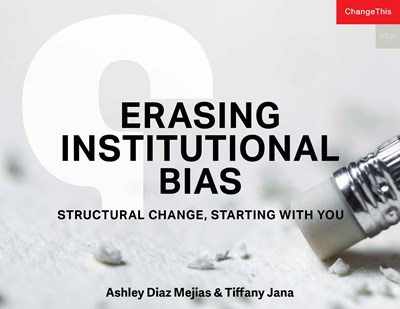
Blog / ChangeThis
Erasing Institutional Bias: Structural Change, Starting with You
By Tiffany Jana, Ashley Diaz Mejias
"Many organizational leaders long to talk about diversity and inclusion, and want to make diverse hires and bring more people into the room. But institutionalized biases have put true equity—the breaking up of the dominance of one culture and the creation of space for those who have been underrepresented—out of reach for those who are working towards creating more just workspaces. In our work with organizations, we have found that erasing institutional bias is a difficult task. When bias is operating at a systems level, it can seem impossible to change. But with humility, patience, and some tools, change is possible. Working against institutional bias, as we will explain, involves more than just increasing simple numbers. It includes the hard and often vulnerable work of making room at the table, on the board, and in the c-suite for those who have not historically been represented. It requires undoing our cultural assumptions about what bias is and how it works, and then giving ourselves over to the introspective and collective work of erasing institutional bias.
Categories: changethis


